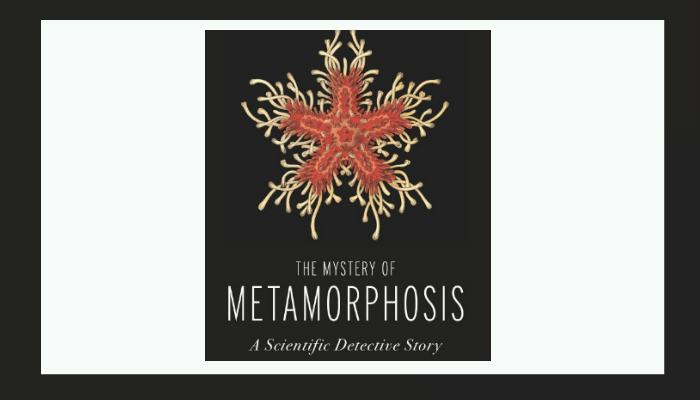The Mystery of Metamorphosis: Revisited

One winter when I was a child, I opened up some cocoons to see how a caterpillar turned into a butterfly. They were full of goo and I assumed some disease had destroyed them. But Dad said no, this was how they were supposed to be, and all caterpillars melted down to formless goo before becoming moths or butterflies. I thought this must be a folk tale, and couldn’t believe Dad was so gullible. So a week later he drove me to the library (sorta the equivalent of going online today) and some serious books said Dad had his story straight, and that a lot of folks before us had puzzled about how this happens.
Traditional Darwinian thinking says that every new generation of creatures closely resemble their parents, who also closely resemble each other, and evolution thus proceeds in small increments. So the big picture question here is how do species evolve into these abrupt transitions, such as from caterpillar to goo to butterfly? What are all the little incremental steps? Where are there living representatives of these increments? Where is the fossil record? When did this transition take place?
The two main proposals over the past century have been:
- The meltdown is simply a reversal of the sequence of steps that originally lead from egg to caterpillar, and it is merely a way of making a much more robust egg by first turning it into an eating machine. This at least requires no unique mechanisms and people have imagined what the incremental transitions might have been. For example, the first moths might have hatched like little adults from eggs, born with mouthparts for eating (like most insects) and then evolved in increments toward a better eating machine and then back into an “egg.” But this story gets messy and there is not much actual evidence supporting it as an evolutionary process.
- Metamorphosis is a product of successful mating of two very different species, one parent is a hungry creeper, the other flies well, and they merge and alternate generations. The 2011 book The Mystery of Metamorphosis pursues this suggestion: the hero is a retired marine biologist, who has been simply placing two metamorphosing marine species from different phyla (about as unrelated as you can get) in aquariums at the right time and letting their eggs and sperm meet in the water. In most cases, nothing happens, in a few cases, some egg cell division begins before death, and in one case cell division actually proceeds a bit further and goes into a long holding pattern before expiration.
Most of the book churns around what this latter case may or may not mean, whether this is really a preliminary hybrid between two unrelated species. No followup genetic studies were done to test whether male genes were even present. So, to me, classical Darwinian evolution is still unchallenged by evidence, and most of the book is speculation.
In the middle of the book, as a sort of diversion, the historical literature about the mystery of butterfly and moth metamorphosis is reviewed, and it is mostly the same story I read when Dad took me to the library.
While reading this book, a favorite quote came to mind: “Among the many things for which I remain profoundly grateful is the fact that so much of life defies human explanation.” Henry Beston
Tags: evolution, Lon Drake, metamorphosis, The Mystery of Metamorphosis

